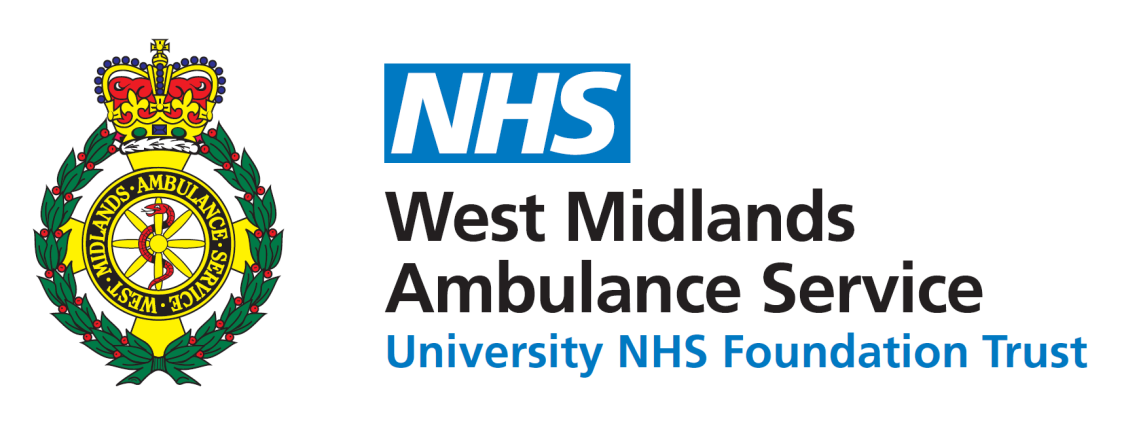Highlights
- Patients, clinicians and managers all benefit from effective digital health tools
- Design of digital health tools must be clinically led and evidence based
- Clear referral and triage processes permit rapid software build and deployment
- Effective EHR can assist frontline clinicians and gather vital data simultaneously
- Intuitive, useful digital tools result in high rates of staff buy-in
Background
The COVID-19 pandemic created unprecedented pressure on hospitals globally. Digital tools developed before the crisis provided novel aspects of management, and new digital tools were rapidly developed as the crisis progressed. In our institution, a digitally mature NHS Trust in England which builds software systems, development during the early months of the crisis allowed increased patient safety and care, efficient management of the hospital and publication of data. The aim of this paper is to present this experience as a case study, describing development and lessons learned applicable to wider electronic healthcare record development.
Methods
Request, triage, build and test processes for the digital systems were altered in response to the pandemic. Senior Responsible Officers appointed for the emergency triaged all changes and were supported by expert opinion and research active clinicians. Build and test cycles were compressed. New tools were built or existing ones modified in the central Electronic Healthcare Record, PICS (Prescribing, Information and Communication System), Clinical Dashboards and video platforms for remote consultation were developed.
Findings
2,236 patients were admitted to UHB with suspected COVID-19 between March and May 2020. Dashboards and visualisation tools enabled by efficient real-time data collection for all new patients, contributed to strategic, operational and clinical decision making.
Over 70 urgent changes were made to digital systems, including a screening proforma, improved infection control functions, help and order panels, data dashboards, and updated prescribing features. Novel uses were found for existing functions.
Interpretation
Digital tools contributed to a co-ordinated response to COVID-19 in an area with a high disease burden. Change management processes were modified during the pandemic and successfully delivered rapid software modifications and new tools. Principal benefits came from the ability to adapt systems to rapidly changing clinical situations. Lessons learned from this intense development period are widely applicable to EHR development.
Lay summary
Digital tools, which are well designed, can help clinicians and safeguard patients. Health crises such as the COVID pandemic drove rapid development of digital tools. This case study outlines accelerated development within a governance framework that successfully reused existing tools and built new ones. The lessons from this development are generalisable to digital developments in healthcare.




